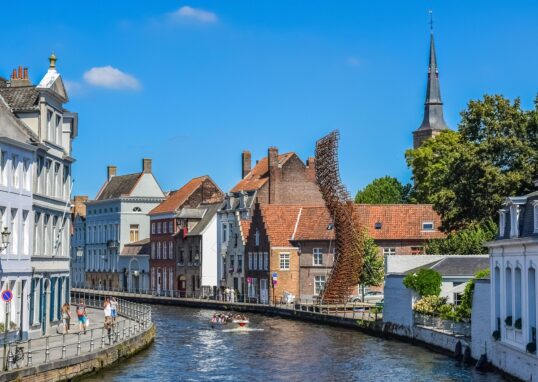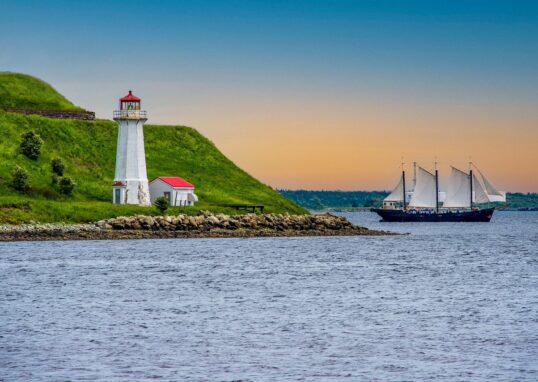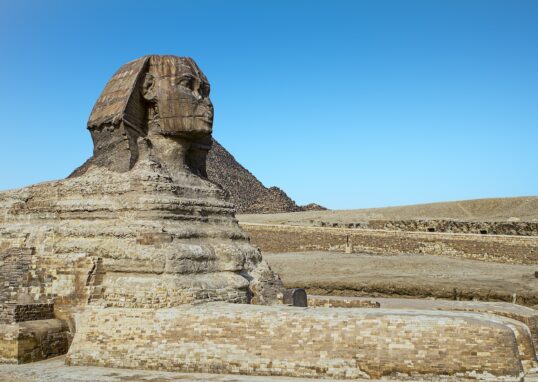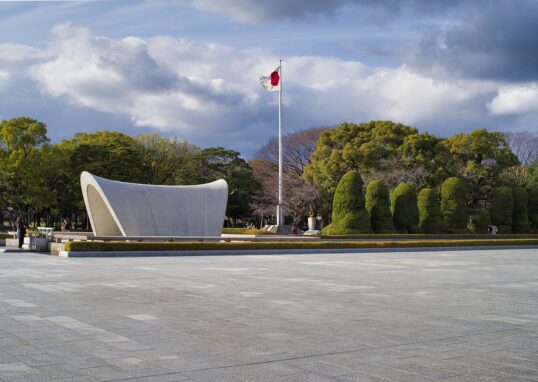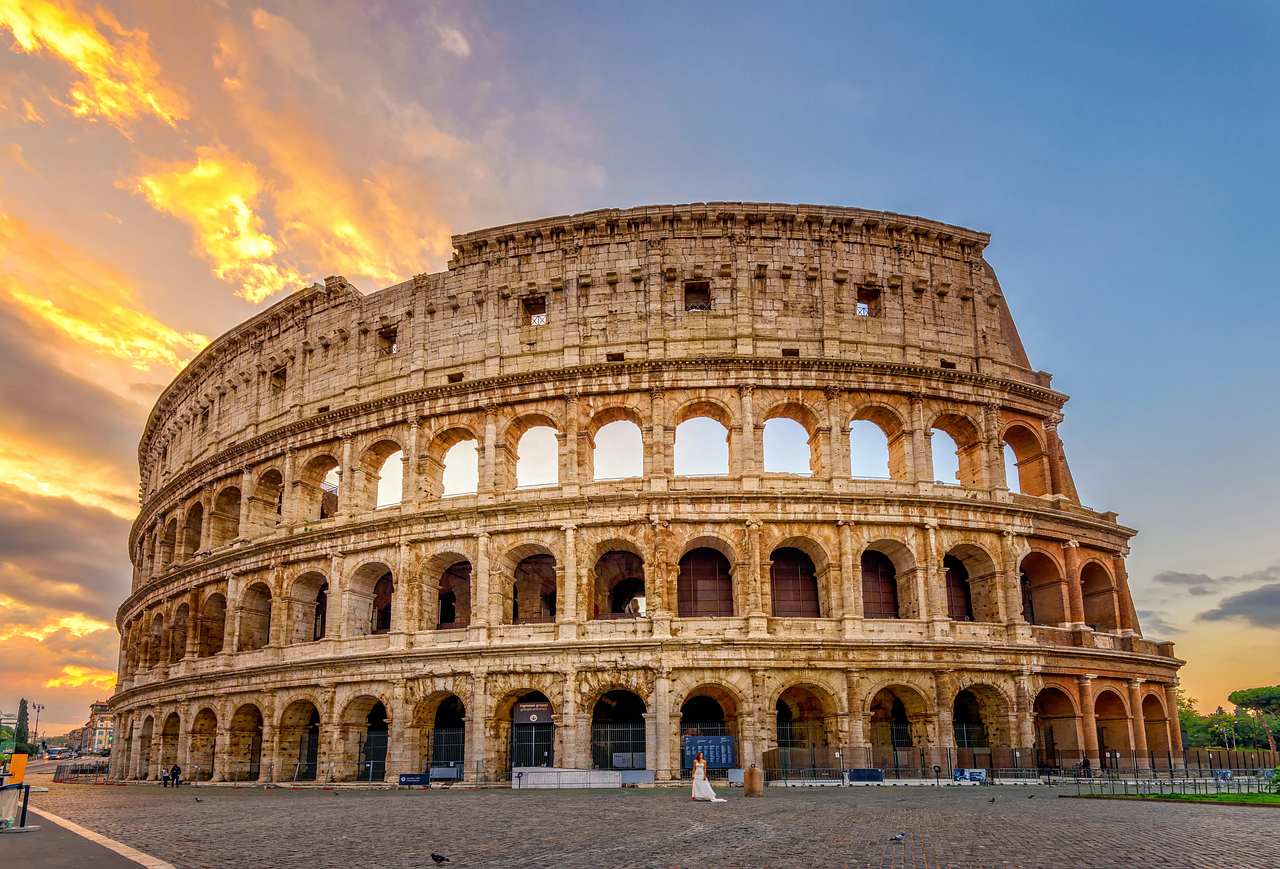
Rome’s Gaping Wound: The Arena That Never Truly Healed
The Colosseum, titled ‘The Icon of the Centre’, is located in Rome, Italy, one of the most remarkable architectural sites of ancient Rome, because it is well conserved now. Apart from that, the Flavian Amphitheater is also famous by another name. It was established between AD 70-72 by the ruler, Vespasian, and the remaining parts were done during AD 80 by the son, Titus. The Colosseum is the largest amphitheater on record, with 50,000 seats, and it is said to have been able to plunge into the sea water frequently. The Colosseum is the largest amphitheater ever built, capable of holding up to 50000 spectators and hosting various events such as gladiatorial contests, animal hunts, and mock sea battles. The Colosseum, Rome’s symbol of pride and a world-famous landmark, is a witness to the glorious grandeur of the ancient Roman Empire. Now, in modern times, Colosium is a UN World Heritage Site and is a travel experience that no Rome story can remember.
The Colosseum, Rome, Italy
Architectural Significance
Design and Structure
It is a strong engineering masterpiece in Rome. It is a circular structure 189 meters long and 156 meters wide, and so it is 48 meters high. The place, which was the center of the Earth concerts, was built 83 meters by 48 meters, and around it, there were seats that had a considerable number of tourists who could easily view the scene.
Materials
The perimeter wall was created with exceptional travertine rock blocks, whereas the inside had a busy report of success and effectiveness (which were outstanding in their own right).
The Coliseum showcases the engineering abilities of ancient Rome, with its massive arches and intricate ornamentation. Guided tours provide fascinating insights into its past, architecture, and the existence of the gladiators who fought here. The nearby Arch of Constantine, a victory triumphal arch dedicated to the Emperor Constantine, adds to the historical significance of the location. The Pantheon, an utterly preserved ancient Roman building, is a stone’s throw away from the Colosseum. The ancient temple-turned-church is a massive dome with an oculus, through which daylight pours into its interior. The Piazza Navona, with its stunning fountains and Baroque buildings, is another attraction not to be missed in the area.
Hypogeum
Beneath the arena, beneath the hypogeum, lies a labyrinthine network of corridors and prison rooms for combatants, their animals, and the equipment used in the animal-hunt game, respectively. The gladiator battles were held for the public at this stadium. The elevator and the crane were the two central systems, with all other fairly commonplace mechanisms, that could ascend and descend sets, backgrounds, and participants, adding to the drama, a spectacle.
Seating Arrangement
The Colosseum was constructed so that people of different social status were seated at varying distances from the stage. The closer you were to the arena, the higher your social status. The members of the ruling class—those who gained the emperor’s favor—sat at the bottom, where the first line was located, which in turn was called the podium. Meanwhile, the bulk of the so-called middle class filled the other two sections behind them. The last and topmost line was reserved for the less wealthy inhabitants, including women, thus reflecting ancient Rome’s tight social rank.
Access and Circulation
The Colosseum was designed with 80 entrances and exits, meaning the venue could be cleared rapidly, even in just a few minutes. The hallways, staircases, and vomitoria (exit passages) were meticulously planned to ensure the smooth flow of a large crowd.
For a taste of Renaissance life, the Vatican City, St. Peter’s Basilica, and the Sistine Chapel are easily accessible. The Spanish Steps and Trevi Fountain are also popular places, known for their mix of history, art, and romance.
Historical and Cultural Significance
Gladiatorial Contests
The Colosseum was the venue where gladiatorial games, the primary form of entertainment, were held, and clashes among highly trained warriors known as gladiators were the standard method of competition. They were often prefects, and it had become a tradition where they could slay each other, all in the name of the emperor’s power and generosity. Gladiators utilized a diverse array of weapons, and followers of different styles employed specific sets of rules and kits for each combat.
Other Events
In addition to the events above, there were also various activities, ranging from animal hunts to mock naval battles, as well as staged public executions of criminals as part of mythological re-enactments, which contributed to the entertainment in a dramatic and moralistic manner.
Cultural Impact
The Colosseum weighs the values of the late Roman Empire and the Enormous Shell. The actual singing out in the masterminding of the country was unique, as the building showed the new techniques of that time. Of course, the industry has been the primary site for the elite and ordinary people to conduct their activities; thus, it stands as a source of pride for the city. The state will have the theater equipped with advanced technology.
Restoration and Modern-Day Significance
The most significant challenges the Colosseum faced during its early years were the natural disasters that struck it and the subsequent restoration efforts to repair the structure’s damage. To cap it all off, the government commands us to take it a step higher. As pollution and weathering have unfortunately become somewhat unavoidable, the use of solar reflectors is expected to double.
The Colosseum is a famous attraction for tourists. Mellisa will guide the visitors, scanning the amphitheater and underground to the upper levels. Additional information about the building, including its construction, will also be included in the tour. After that, they know the space so they can have a more authentic connection with what they are observing and interact with tourists;
The Colosseum often hosts events like live concerts and reenactments, taking people back in time to the setting where approximately 2000 years of continuous human presence occurred.
If you don’t want to be stuck in lines, the best time of day is early in the morning or in the evening, when the flow of tourist crowds is slightly less, particularly during the sweltering summer.
The Capitoline Museum on Capitol Hill is another local landmark. The museums are filled with rich ancient Roman artifacts and artwork, such as the famous Capitolin Wolf sculpture. Furthermore, a combination pass is often a good deal for not only the Colosseum but also the Roman Forum and Palatine Hill, which are nearby, and it additionally helps you to gain a better understanding of Rome’s history and ancient daily life. These zones are certainly not to be missed if one wants to grasp the true essence of an ancient city.
Living Exhibit
The Colosseum’s ruins are a hallmark of Rome, and its site remains one of the most outstanding human achievements of all time. This is a testimony to the Roman Empire’s greatness and barbaric behavior simultaneously. Initially, it was an amphitheater built during the reigns of Vespasian and Titus, created by the Flavian family between 70 and 80 AD. It could accommodate approximately 80,000 people who came to see various types of events, including gladiatorial combat, mock sea battles, and public spectacles.
The fortress measures approximately 189 meters in length and 156 meters in width. In addition, the building features four stories of arched entr ances and columns, a timeless blend of Roman architecture and artistic creativity. The Colosseum truly takes the breath away of the people who come near it, and thus can be called a living exhibit through a combination of worn-out stone and intricately hidden little details that spell out the story of the past.
ances and columns, a timeless blend of Roman architecture and artistic creativity. The Colosseum truly takes the breath away of the people who come near it, and thus can be called a living exhibit through a combination of worn-out stone and intricately hidden little details that spell out the story of the past.
Underneath, the stadium floor showcases the sophisticated technology used for the sublime performance, including provision of trapdoors and a large number of under-door rooms that were considered the high gate, where bloodthirsty people and animals used to wait for their last show. Guided tours will instill enthusiasm for the history and value of one of the Colosseums, shedding light on the social and cultural aspects that depict the quintessence of the ancient Roman world. Such a lively spirit as the crowds raised their voices, and the heart-stopping conflicts took place on this very site when time stood still. Another city that tourists mostly visit is Venice, one of the world’s most beautiful cities. Not only do these waterways define the spectacular skyline of Venice, but they also define culture, economy, and lifestyle. We also want to dig deeper into visitor techniques to explore the mesmerising, alluring Venetian canals.
Conclusion
The Colosseum is not just a wonder of old engineering but also a cultural icon still recognized today, a millennium and a half after it was built. It is a window into the city’s ancient social, political, and engineering achievements, as well as a testament to its long-standing existence. This place attracts a multitude of tourists who are interested in seeing the building and its history, and who will visit this city for the first time. The Colosseum and its surroundings offer a journey through Rome’s rich history and cultural heritage. Whether searching for ancient ruins, marveling at miracles in Renaissance art, or simply immersing oneself in the vibrant city atmosphere, Rome offers an unforgettable experience that captures the essence of its magnificent past.



